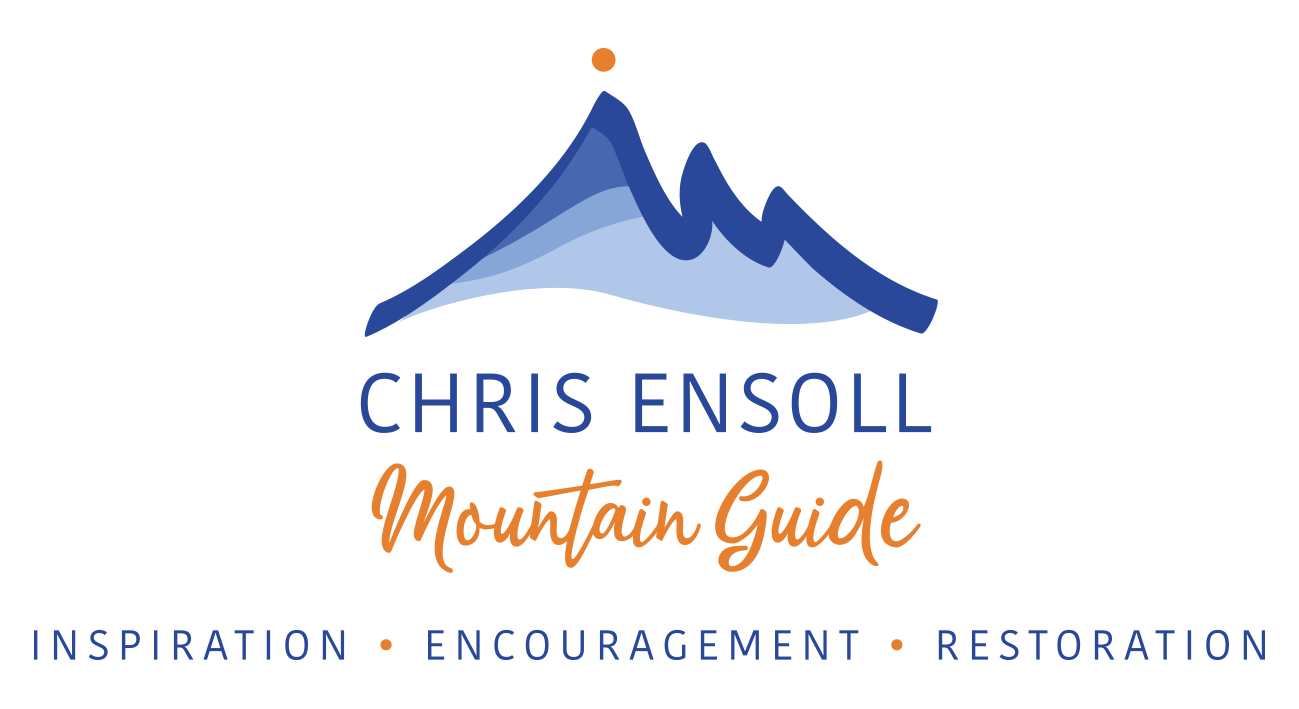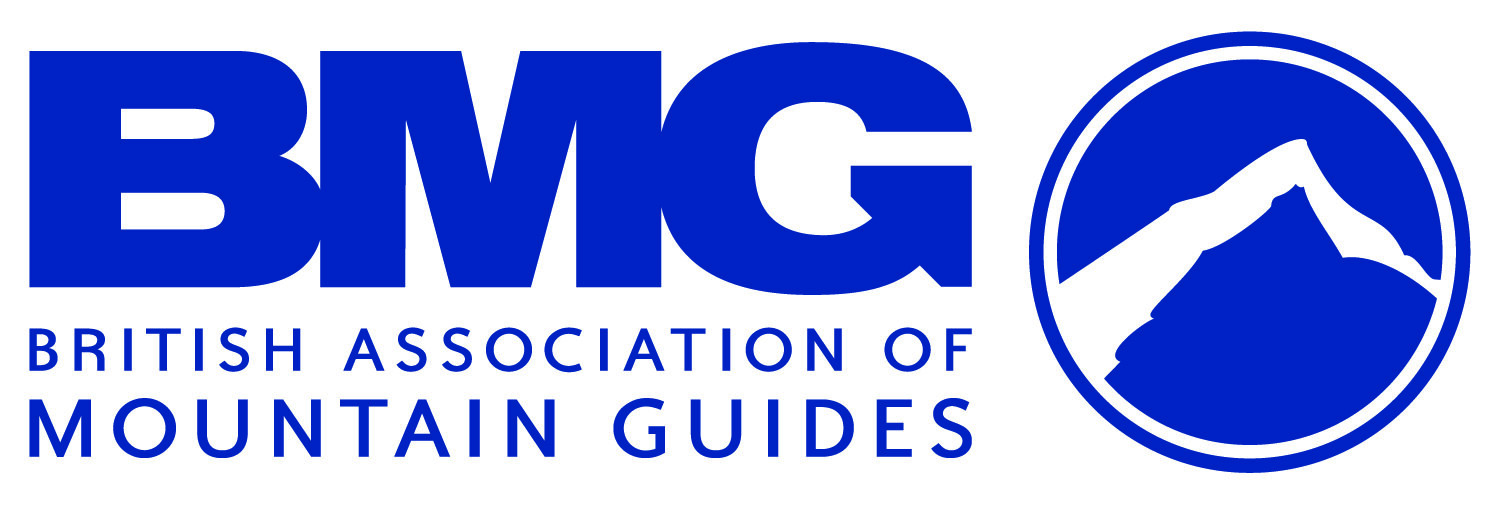So What Do You Actually Do On A Contour Masterclass?
/Ideas by Chris, words by Anne
You’re out walking somewhere you’re not familiar with. You’ve been navigating your way around, using walls and streams and paths. But now the weather has turned a bit nasty, the cloud is down to the ground, and you’ve lost the path. It’s OK – you can see on the map that there is a stream nearby, so you look for that, but you can’t find it. You’re fairly sure you’re in the right place, but there’s no sign of any stream.
What’s the problem? You are navigating using secondary information. What’s the solution? If you can learn to use primary information you will be able to navigate anywhere and in any conditions. And that's exactly what we do on our Contour Masterclasses.
We meet at 9.30am in the Langdale valley and introduce ourselves. Everyone is given a 1:25000 contour map of the area to use alongside their normal 1:25000 map, and we locate ourselves on both maps. Then we go on a journey with regular stops to describe the 3Ds of navigation: description, distance and direction
1. Description
Past: what did we see on our way to where we are now?
Present: what can we see now? Look around you at where you are. Tell yourself at least five unique selling points for your position, and find them on the map
Future: if we are where we think we are, what will we see next?
We focus on primary information rather than secondary. Primary information is the shape of the ground - anything shown by the contour lines on the map. Secondary information is everything else – walls, paths, rivers & streams, woodland, buildings etc. If you rely on secondary information, or over-rely on pacing and timing, you will find navigation more tricky than people who can read the ground well. Pacing, timing, streams, walls, paths are all good to help you to interpret the ground, and when used as back-up they are helpful. But bear in mind the following issues:
- Water courses can change according to the weather. Ever noticed all those extra little streams that appear after heavy rain? These won’t be shown on the map.
- Paths can change course over time.
- Walls can fall down and fences can be removed.
- Forest boundaries change as trees are planted and felled.
- In winter many features can be buried under a blanket of snow.
- Not all of the commonly used maps show walls/fences – eg the OS Landranger 1:50000 series, and the Harvey’s 1:40000 series
- You can lose count when pacing, or forget to set the timer on your watch
The main thing is the shape of the ground, and your ability to interpret the contour lines on the map. If you keep this in mind and are able to use it well, your navigation goes up to the next level.
Holistic navigation is about building as full a picture as you can using your senses – the wind on your face, the sun on your back, the sound of running water if you are looking for a valley. If you are approaching a col or saddle, the wind is likely to pick up, so even if you can’t see much, you will know it is getting near. It is generally warmer on south facing slope, colder on north facing slope.
2. Distance
Past: how far have we come?
Future: how far is it to where we are going?
3. Direction
Past: which way did we come?
Future: which way do we want to go?
Contour only map reproduced with permission from Harveys
So we build a hypothesis and then we test it. We work out that if we are where we think we are, and if we go x distance in y direction, then this is what should happen. We imagine what the next leg will look like and give a detailed description, then we walk it and how reality compares to the picture we’ve built up. We walk and relocate several times. We put the map away when walking, and then get it out and relocate. We think: if this, then that.
Here’s what two of our participants thought about one of our recent masterclasses:
I thoroughly enjoyed this day. The group size (6) was perfect and we all seemed to have very similar goals which was good. At the start of the day we were handed the contour map - which I initially found really disorientating! However, thanks to Chris's excellent teaching I soon began to make sense of it all - and to be honest, by the end of the day it seemed like a perfectly 'normal' map. The usual maps seemed ridiculously cluttered in comparison. Although we didn't cover a huge distance on our feet, we learned a lot, concentrating on the lie of the land around us at each small stage. Thank you Chris!
Kaye Cantlay
The programme was logical and progressive. Made me consider what is around me first before looking at the map. Visualise what has gone before and what I should expect to see next. Develop a picture/description in my head.
John Knott
Our next Contour Masterclass is on Monday 24th April. We will be offering more dates through the year - they will be listed on our calendar. Why not sign up for our email newsletters and keep in touch with us?







